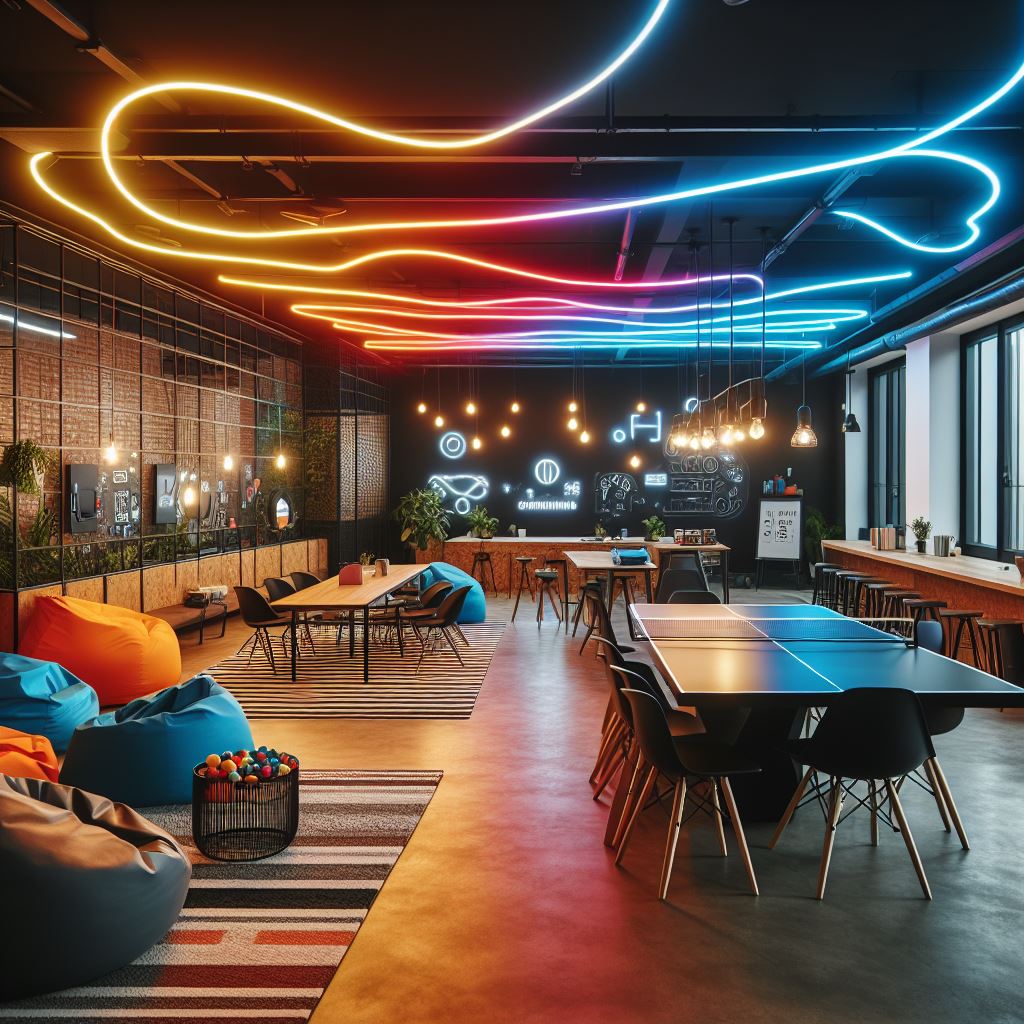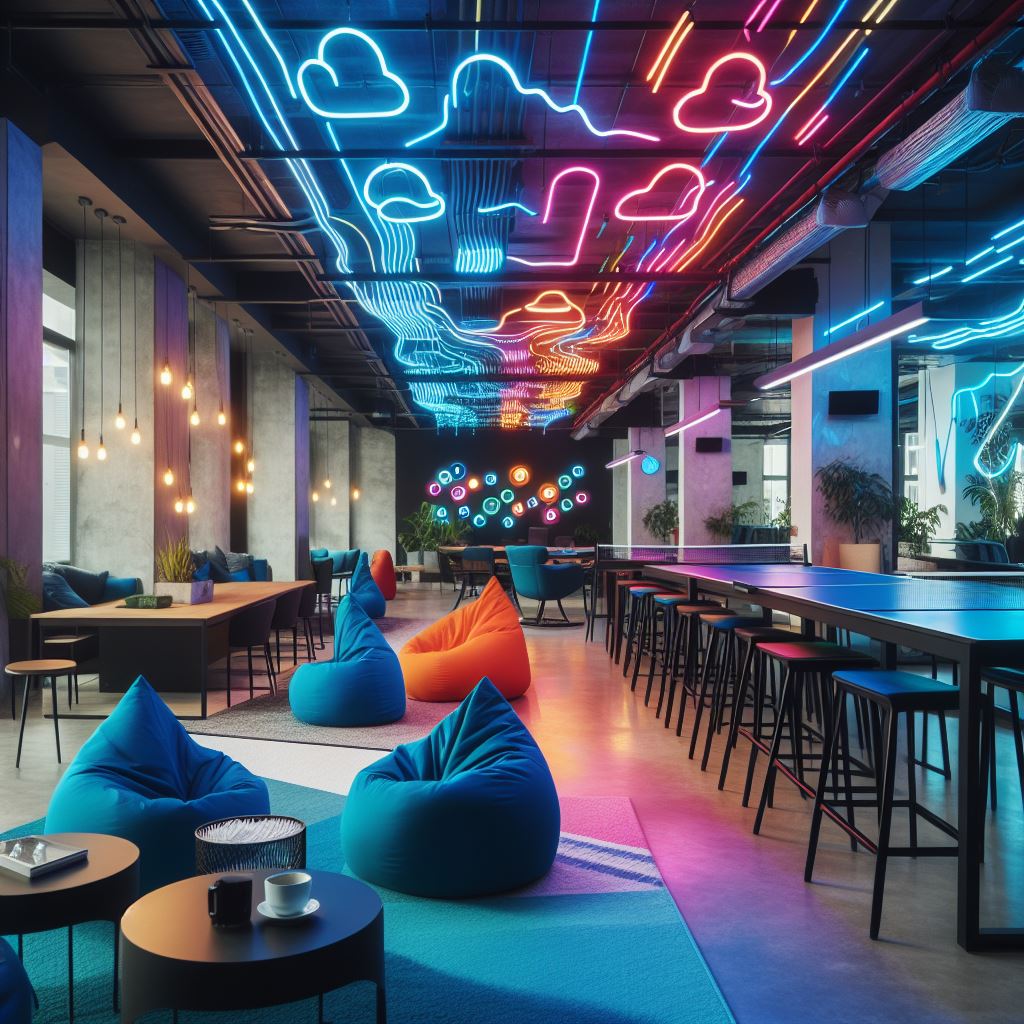The Future of E-commerce: 11 Trends & Predictions for 2024-2034

The Growth and Transformation of E-commerce
The world of e-commerce has experienced remarkable growth and transformation over the past decade. What started as a simple online marketplace for buying and selling goods has evolved into a multi-trillion-dollar industry that shapes the way we shop and do business. As we look ahead to the future, it is clear that the e-commerce landscape will continue to evolve, driven by technological advancements, changing consumer preferences, and global market dynamics. In this article, we will explore 11 trends and predictions for the future of e-commerce from 2024 to 2034, offering a glimpse into the exciting possibilities that lie ahead.
Trend 1: Rise of Mobile Shopping and Innovation in Mobile Commerce
Mobile shopping has already gained significant traction in recent years, with consumers increasingly using their smartphones and tablets to browse and buy products online. This trend is set to continue as technology continues to advance and mobile devices become more powerful and accessible. In the future, we can expect to see further innovation in mobile commerce, with features like augmented reality (AR) and virtual reality (VR) enhancing the shopping experience. Mobile apps will become more sophisticated, offering personalized recommendations and seamless checkout processes. Retailers will invest in optimizing their websites for mobile devices, ensuring a smooth and user-friendly experience for customers on the go.
Trend 2: Personalization and Customization in the E-commerce Experience
As the e-commerce industry becomes more competitive, personalization and customization will become key differentiators for retailers. In the future, we can expect to see a greater emphasis on tailoring the shopping experience to individual preferences and needs. Retailers will leverage data analytics and artificial intelligence to gather insights about their customers and deliver personalized product recommendations, offers, and promotions. Customization options will extend beyond product selection, allowing customers to personalize everything from packaging to delivery options. This level of personalization will create a more engaging and immersive shopping experience, fostering customer loyalty and driving sales.

Trend 3: The Integration of Virtual Reality and Augmented Reality in Shopping
Virtual reality (VR) and augmented reality (AR) have the potential to revolutionize the way we shop online. In the future, we can expect to see the integration of VR and AR technologies into e-commerce platforms, allowing customers to visualize and interact with products in a virtual environment. VR will enable customers to “try on” clothing and accessories without physically being present in a store, while AR will overlay digital information onto the real world, enabling customers to see how furniture or home decor items would look in their own space. This immersive and interactive shopping experience will reduce the uncertainty associated with online shopping and enhance customer satisfaction.
Trend 4: Voice Commerce and the Emergence of Smart Assistant Shopping
The rise of voice assistants like Amazon’s Alexa, Google Assistant, and Apple’s Siri has paved the way for voice commerce to become a prominent trend in e-commerce. In the future, we can expect to see more consumers using voice commands to search for products, make purchases, and track deliveries. Retailers will optimize their websites and apps for voice search, ensuring that their products are easily discoverable through voice assistants. Smart assistant devices will also become more integrated with e-commerce platforms, allowing customers to add items to their shopping carts and make purchases using voice commands. This hands-free and convenient shopping experience will continue to gain popularity, especially among busy consumers.
Trend 5: Artificial Intelligence Revolutionizing E-commerce Operations
Artificial intelligence (AI) is already playing a significant role in e-commerce, powering recommendation engines, chatbots, and fraud detection systems. In the future, we can expect AI to revolutionize e-commerce operations even further. Machine learning algorithms will analyze vast amounts of data to optimize pricing, inventory management, and supply chain operations. AI-powered chatbots will become more intelligent and conversational, providing real-time customer support and personalized recommendations. Retailers will also leverage AI to automate customer segmentation and targeted marketing campaigns. This increased reliance on AI will streamline operations, improve efficiency, and deliver a more personalized and seamless shopping experience.
Trend 6: Sustainable and Ethical E-commerce Practices on the Rise
As consumers become more conscious of the environmental and social impact of their purchases, there will be a growing demand for sustainable and ethical e-commerce practices. In the future, we can expect to see retailers adopting eco-friendly packaging materials, implementing green logistics solutions, and partnering with ethical suppliers. Transparency will be key, with retailers providing detailed information about their sustainability initiatives and ethical sourcing practices. Customers will have the option to choose products that align with their values, and retailers that prioritize sustainability and ethics will gain a competitive edge.

Trend 7: Blockchain Technology Revolutionizing Supply Chain Management
Blockchain technology has the potential to revolutionize supply chain management in the e-commerce industry. By providing a decentralized and transparent ledger, blockchain can enhance trust, security, and traceability throughout the supply chain. In the future, we can expect to see the widespread adoption of blockchain in e-commerce, with retailers using it to track and verify the authenticity of products, ensure fair trade practices, and streamline logistics and payments. Blockchain will enable greater visibility and accountability, reducing the risk of fraud and counterfeit products. This technology will also facilitate faster and more efficient cross-border transactions, benefiting both retailers and customers.
Trend 8: Social Commerce and the Power of Influencer Marketing
Social media platforms have become powerful tools for e-commerce, with consumers increasingly using them for product discovery and recommendations. In the future, we can expect to see the rise of social commerce, where customers can make purchases directly through social media platforms. Retailers will leverage influencers and micro-influencers to promote their products and drive sales. Social media algorithms will become more sophisticated, delivering personalized product recommendations based on users’ interests and preferences. Social commerce will create new opportunities for retailers to reach and engage with their target audience, blurring the lines between social media and e-commerce.
Trend 9: The Shift towards Subscription-based E-commerce Models
Subscription-based e-commerce models, where customers pay a recurring fee to receive products or services on a regular basis, have gained popularity in recent years. In the future, we can expect to see a shift towards subscription-based e-commerce across a wide range of industries. Retailers will offer curated subscription boxes, personalized product subscriptions, and membership programs that provide exclusive perks and benefits. Subscription-based models will foster customer loyalty and recurring revenue streams, allowing retailers to predict and forecast demand more accurately. This trend will also create opportunities for niche and specialized retailers to thrive in a subscription-based economy.

Trend 10: Enhanced Cybersecurity Measures to Combat E-commerce Threats
As e-commerce continues to grow, so do the risks and threats associated with online transactions. In the future, we can expect to see enhanced cybersecurity measures to protect customers’ personal and financial information. Retailers will invest in advanced encryption technologies, multi-factor authentication, and real-time fraud detection systems. Biometric authentication, such as fingerprint or facial recognition, will become more prevalent, providing an extra layer of security. Collaborative efforts between retailers, payment processors, and cybersecurity firms will be crucial to staying one step ahead of cybercriminals. This increased focus on cybersecurity will build trust and confidence among consumers, ensuring the long-term sustainability of e-commerce.
Trend 11: The Expansion of Cross-border E-commerce and Global Marketplaces
Cross-border e-commerce has opened up new opportunities for retailers to expand their customer base and access global markets. In the future, we can expect to see a further expansion of cross-border e-commerce, driven by advancements in logistics, payment systems, and trade agreements. Global marketplaces like Amazon, Alibaba, and eBay will continue to dominate the e-commerce landscape, providing a platform for retailers to reach customers around the world. Localization will be key, with retailers adapting their websites, marketing strategies, and customer support to cater to different languages, cultures, and preferences. Cross-border e-commerce will promote economic growth, foster cultural exchange, and offer consumers a wider variety of products and choices.
A Future of Endless Possibilities for E-commerce
As we look ahead to the future of e-commerce, it is clear that we are entering an era of endless possibilities. The trends and predictions outlined in this article provide a glimpse into the exciting transformations that await the industry from 2024 to 2034. From mobile shopping and personalized experiences to virtual reality and blockchain technology, e-commerce will continue to evolve and reshape the way we shop and do business. As retailers adapt to these trends and embrace technological advancements, they will be well-positioned to thrive in the dynamic and ever-changing world of e-commerce. So buckle up and get ready for a thrilling ride on this exciting journey into the future of e-commerce!
FAQs
Q1: What is the future of e-commerce?
The future of e-commerce is characterized by trends such as mobile shopping and innovation in mobile commerce, personalization and customization in the e-commerce experience, the integration of virtual reality and augmented reality in shopping, voice commerce and the emergence of smart assistant shopping, artificial intelligence revolutionizing e-commerce operations, sustainable and ethical e-commerce practices on the rise, blockchain technology revolutionizing supply chain management, social commerce and the power of influencer marketing, the shift towards subscription-based e-commerce models, enhanced cybersecurity measures to combat e-commerce threats, and the expansion of cross-border e-commerce and global marketplaces.
Q2: How will mobile shopping evolve in the future?
Mobile shopping will continue to rise in the future, driven by advancements in technology and the increasing accessibility of smartphones and tablets. Retailers will invest in optimizing their websites and mobile apps for a seamless and user-friendly experience. Mobile commerce will also see innovations such as augmented reality and virtual reality, which will enhance the shopping experience by allowing customers to visualize and interact with products in a virtual environment.
Q3: How will artificial intelligence revolutionize e-commerce operations?
Artificial intelligence will play a significant role in e-commerce operations, optimizing processes such as pricing, inventory management, and supply chain operations. Machine learning algorithms will analyze data to deliver personalized




